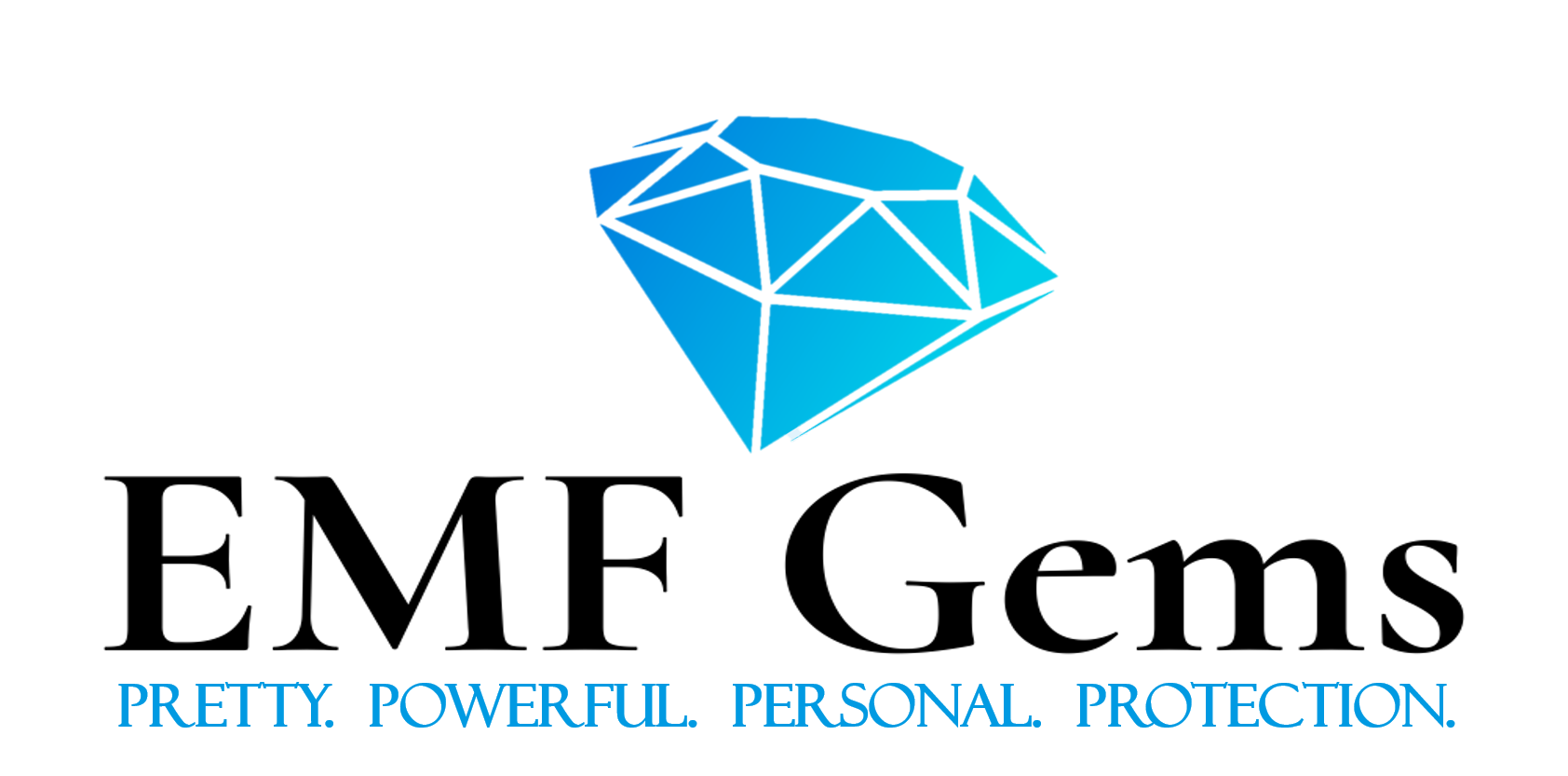7 Antioxidants that Could Help Protect Your Body from EMF Radiation Harm

It is said that, “Food is the ingredient that binds us all together”. While that is certainly true within familial and societal contexts, it’s also accurate with respect to our physical bodies. Food is the fuel that fills our energy tanks and gives us the strength and brain power to move through life minute by minute and day to day. Food keeps us moving, and it also keeps us safe. The right food selections help strengthen us and protect our bodies against harmful bacteria and diseases. So, it shouldn’t be a surprise that healthy eating habits can also help minimize the effects that EMF radiation has on the body.
Although it is always a wise decision to include raw foods and nuts, as well as vitamin supplements, to your nutrient daily intake, there is a specific food group that is vital to well-being and EMF protection. They’re called antioxidants. (Click here for more information on the relationship between antioxidants and EMFs.)
Antioxidants are compound molecules that keep potentially carcinogenic free radical molecules in check. Free radicals are unstable molecules that create the cellular damage that is often the precursor to disease.
Antioxidants are just a fancy name for vitamins and minerals such as, Vitamin A and C, zinc, beta-carotene, manganese. It is vital for your well-being to maintain a healthy level of antioxidants in your diet.
Here are 7 different antioxidants and their respective food sources for you to consider making a regular part of your daily diet. Consider buying organic foods whenever you are able.

Vitamin A:
Vitamin A helps maintain teeth and bones, reduces skin acne, and supports healthy growth and reproduction.[1] It is found in dairy, produce, eggs, and liver.

Beta-Carotene:
Beta-Carotene has a red-orange pigmentation and is found in carrots, squashes, sweet potatoes, red and yellow peppers, and apricots. Once in the body, beta-carotene converts to Vitamin A.[2] Beta-Carotene has been linked to improving cognitive functions, supporting healthy skin, and strengthening the lungs.[3] (Recent research has found that while beta-carotene-rich foods are safe, high doses of beta-carotene supplementation over a long period of time are contraindicated for heavy smokers.)
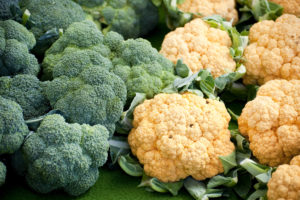
Vitamin C:
This antioxidant, also called ascorbic acid, is found in broccoli, cauliflower, kale, sweet potatoes, strawberries, and bell peppers. Vitamin C builds collagen, which helps heal wounds quickly. It has also been attributed with aiding cancer prevention and treatment, cardiovascular disease, cataracts, and the common cold.[4]
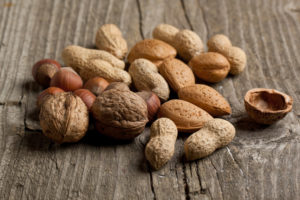
Vitamin E:
Vitamin E is found in some green vegetables such as spinach and broccoli; however, the biggest source is found in nuts and seeds, like sunflower seeds, hazelnuts, almonds, and peanuts. Vitamin E boosts your immune system, widens your blood vessels to prevent clots, and forms red blood cells. It is commonly called tocopherol.[5]
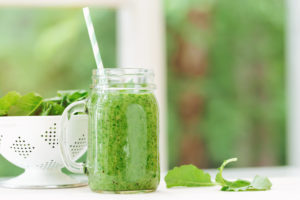
Lutein:
Lutein is a carotene that is related to beta-carotene and vitamin A. Commonly referred to as “the eye vitamin”, it is offered as a prevention vitamin for eye diseases that lead to vision loss, and cataracts. Lutein is found in spinach, collards, kale, squash, Brussel sprouts, broccoli, and more. As a fat-soluble vitamin, the rich nutrients of lutein are best gathered by your body when it is served with a fat such as olive oil or butter.[6]
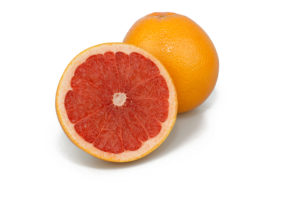 Lycopene:
Lycopene:
Lycopene is yet another vitamin in the carotene family. It has a naturally red pigment. It is found in tomatoes, pink grapefruit, watermelon, and papaya. Research has shown that eating food with lycopene can decrease your risk of cardiovascular disease and lung, breast, and prostate cancer. [7]
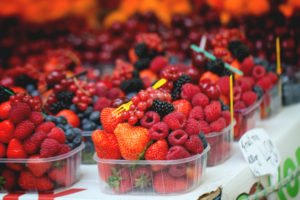
Polyphenols:
Polyphenols are micronutrients that are found in a variety of plants and foods. Through research, polyphenols have been shown to have preventive properties for cardiovascular disease, neurodegenerative disorders, obesity, and cancer.[8] There have been over 8,000 polyphenols identified and they are categorized into four groups: Flavonoids, Phenolic acids, Polyphenolic amides, and other polyphenols – including, curcumin, resveratrol, ellagic acid, and lignans.[9] Apple, strawberries, blueberries, raspberries, pear, grapes, lemons, grapefruit, artichokes, asparagus, onions, hazelnuts, walnuts, pecans, almonds, most herbs and spices are all rich in polyphenols.
BONUS!
 Green Tea:
Green Tea:
For many centuries, green tea has been a champion in supplying nutrients and preventing sickness and dis-ease in the body. Green tea is an antioxidant, a flavonoid polyphenol to be exact. Green tea has a high concentration of polyphenols, specifically one called catechin. It has shown anti-inflammatory, anti-carcinogenic, anti-microbial, and anti-radiation properties.[10]
The more of these foods you integrate into your diet, the more fuel you’re giving your body to counteract the effects of EMF Radiation. So, eat the rainbow and enjoy more vibrant health!
Resources:
[1] Medline Plus-Vitamin A. https://medlineplus.gov/ency/article/002400.htm
[2] Carotenoid actions and their relation to health and disease. https://www.ncbi.nlm.nih.gov/pubmed/16309738
[3] Healthline: Benefits of Beta-Carotene and How To Get It. https://www.healthline.com/health/beta-carotene-benefits
[4] National Institute of Health: Vitamin C https://ods.od.nih.gov/factsheets/VitaminC-HealthProfessional/#h7
[5] Medline Plus – Vitamin E https://medlineplus.gov/ency/article/002406.htm
[6] International Food Information Council Foundation: What is Lutein? https://foodinsight.org/what-is-lutein/
[7] International Food Information Council Foundation: What is Lycopene https://foodinsight.org/what-is-lycopene-antioxidant-carotenoid-health-nutrition/
[8]National Center for Biotechnology Information: The Role of Polyphenols in Human Health and Food Systems: A Mini-Review https://www.ncbi.nlm.nih.gov/pmc/articles/PMC6160559/
[9] National Center for Biotechnology Information: Plant polyphenols as dietary antioxidants in human health and disease https://www.ncbi.nlm.nih.gov/pmc/articles/PMC2835915/
[10]The Official Journal of Zahedan University of Medical Sciences- Effect of Green Tea in Decreasing Electromagnetic Waves Damages http://zjrms.com/articles/955.html
